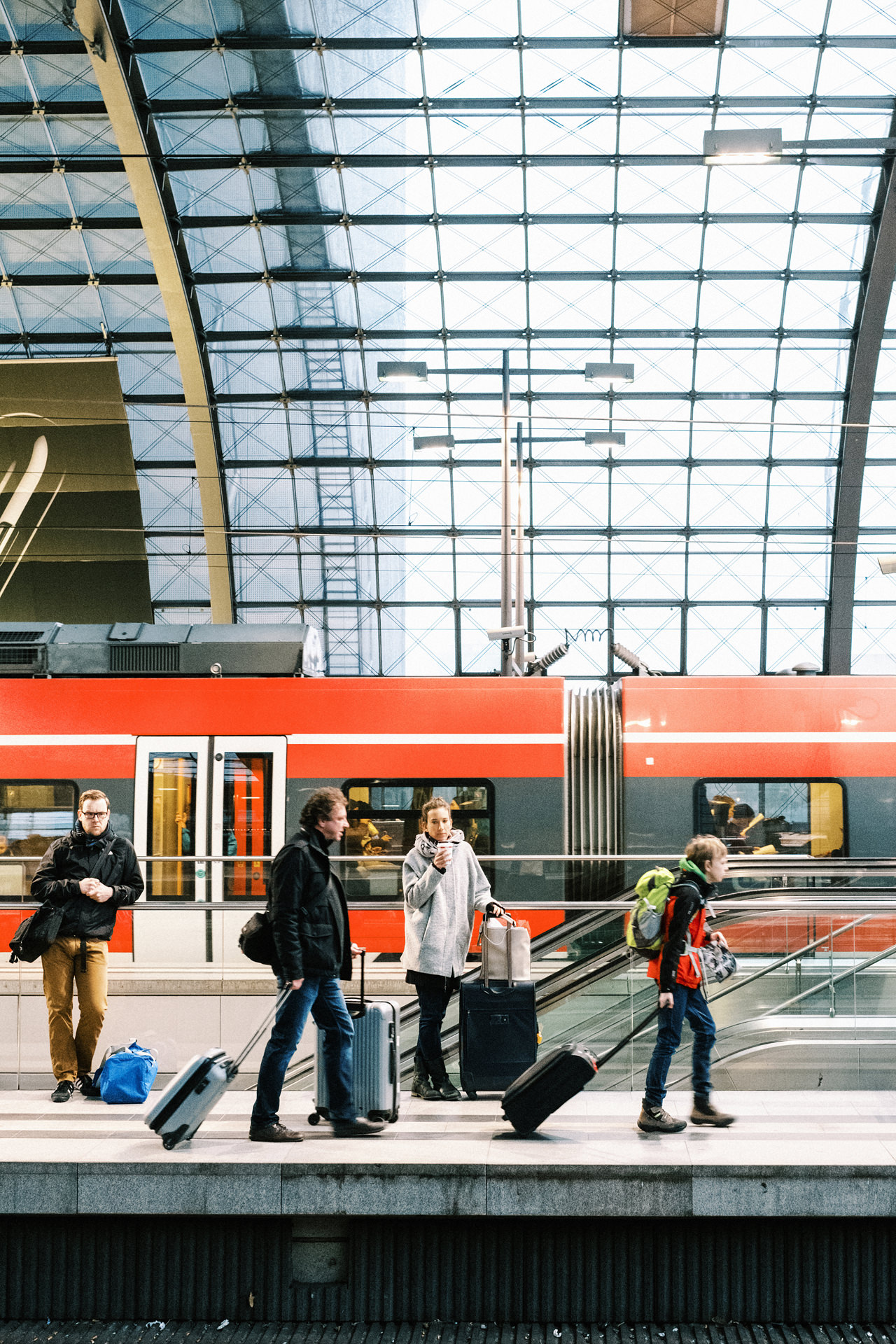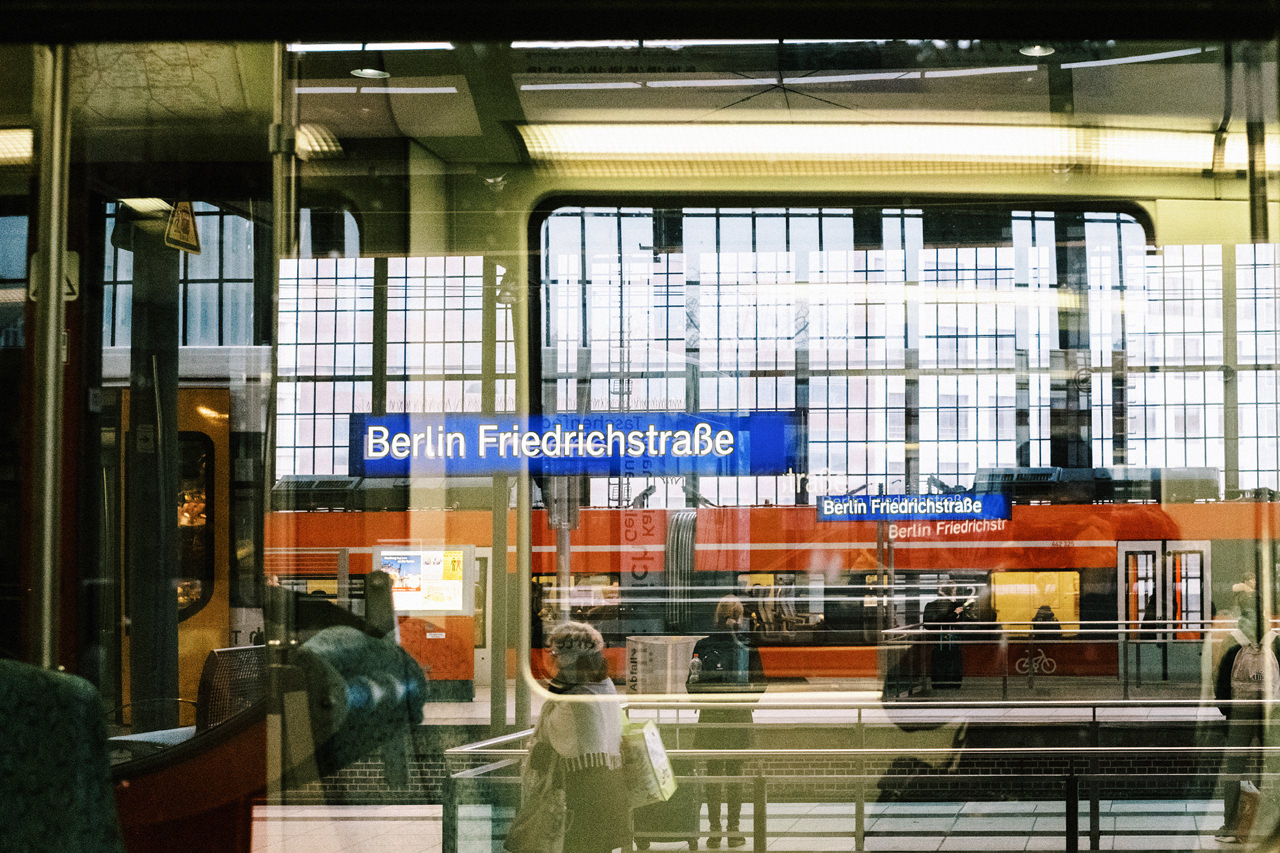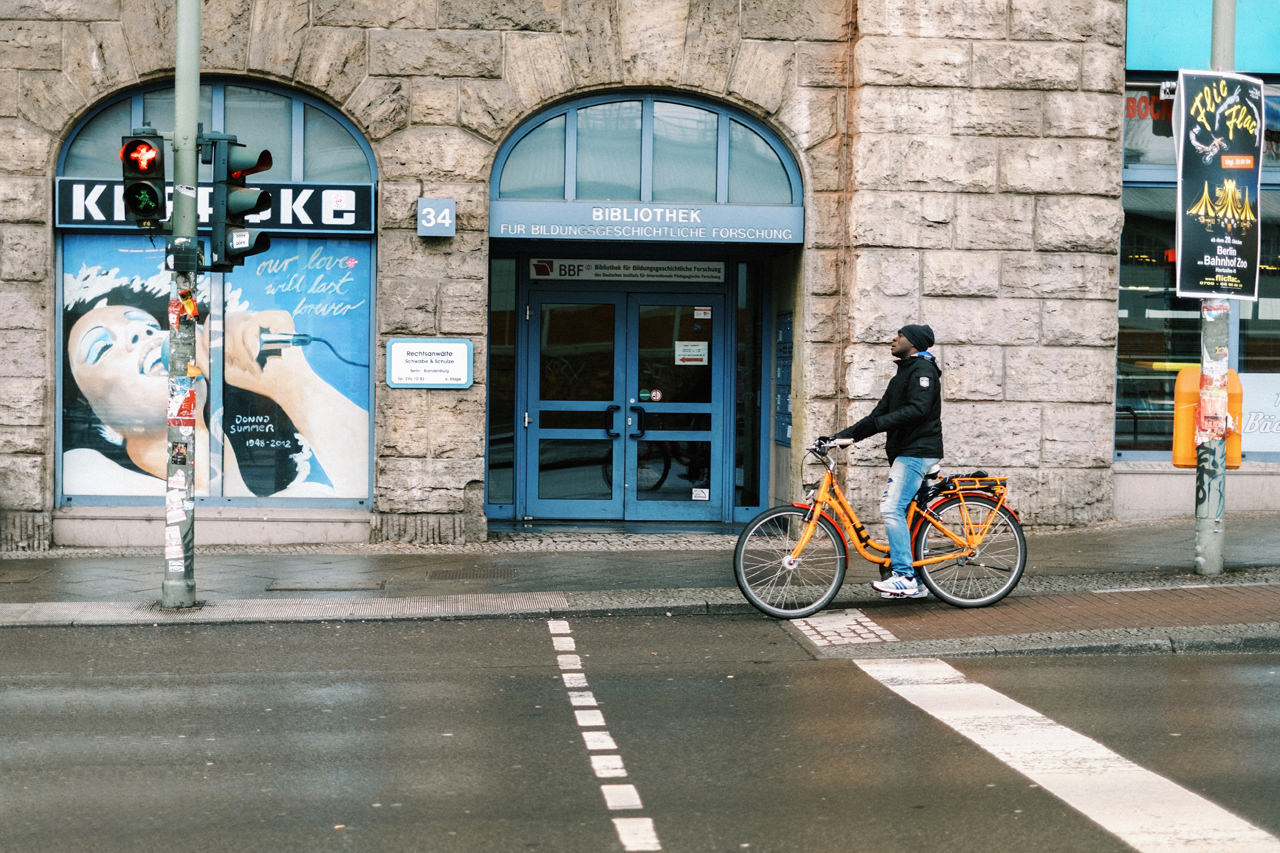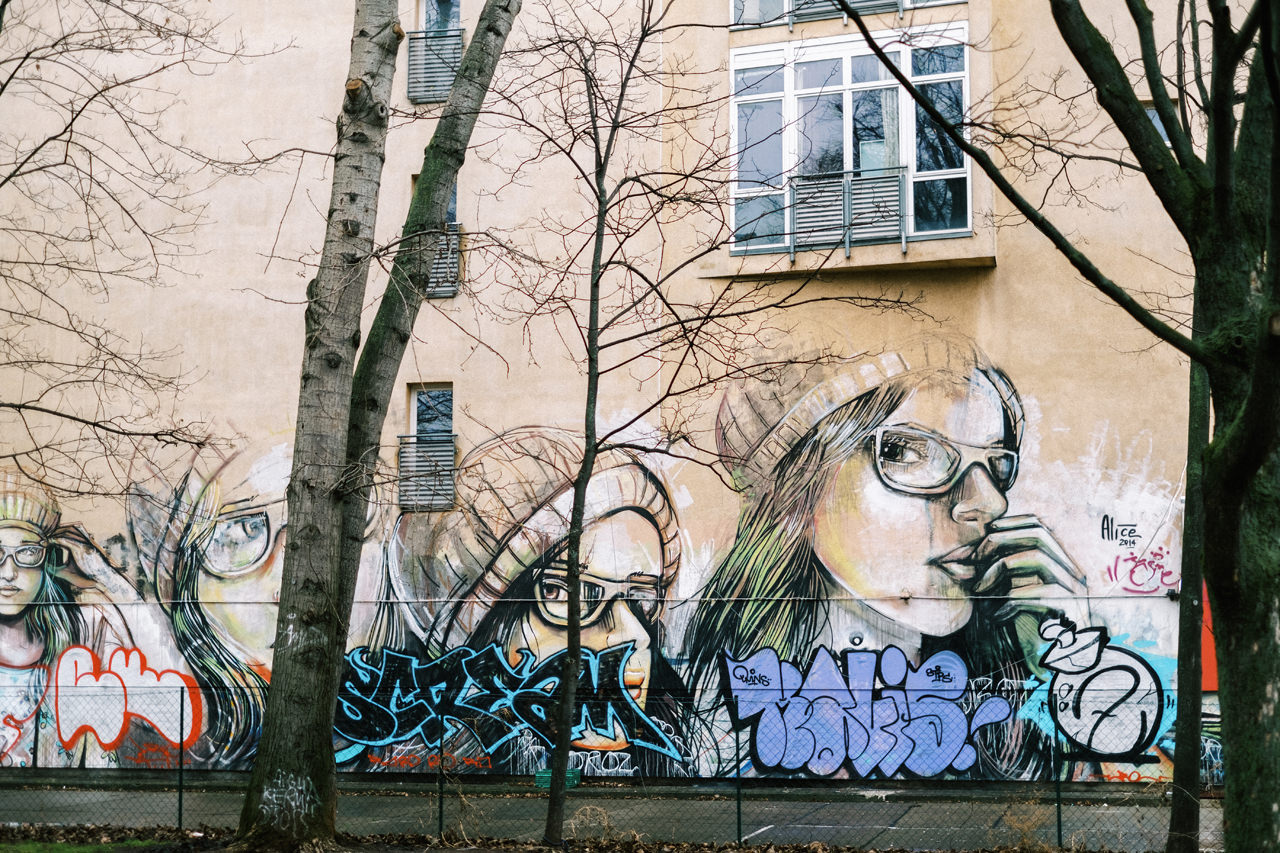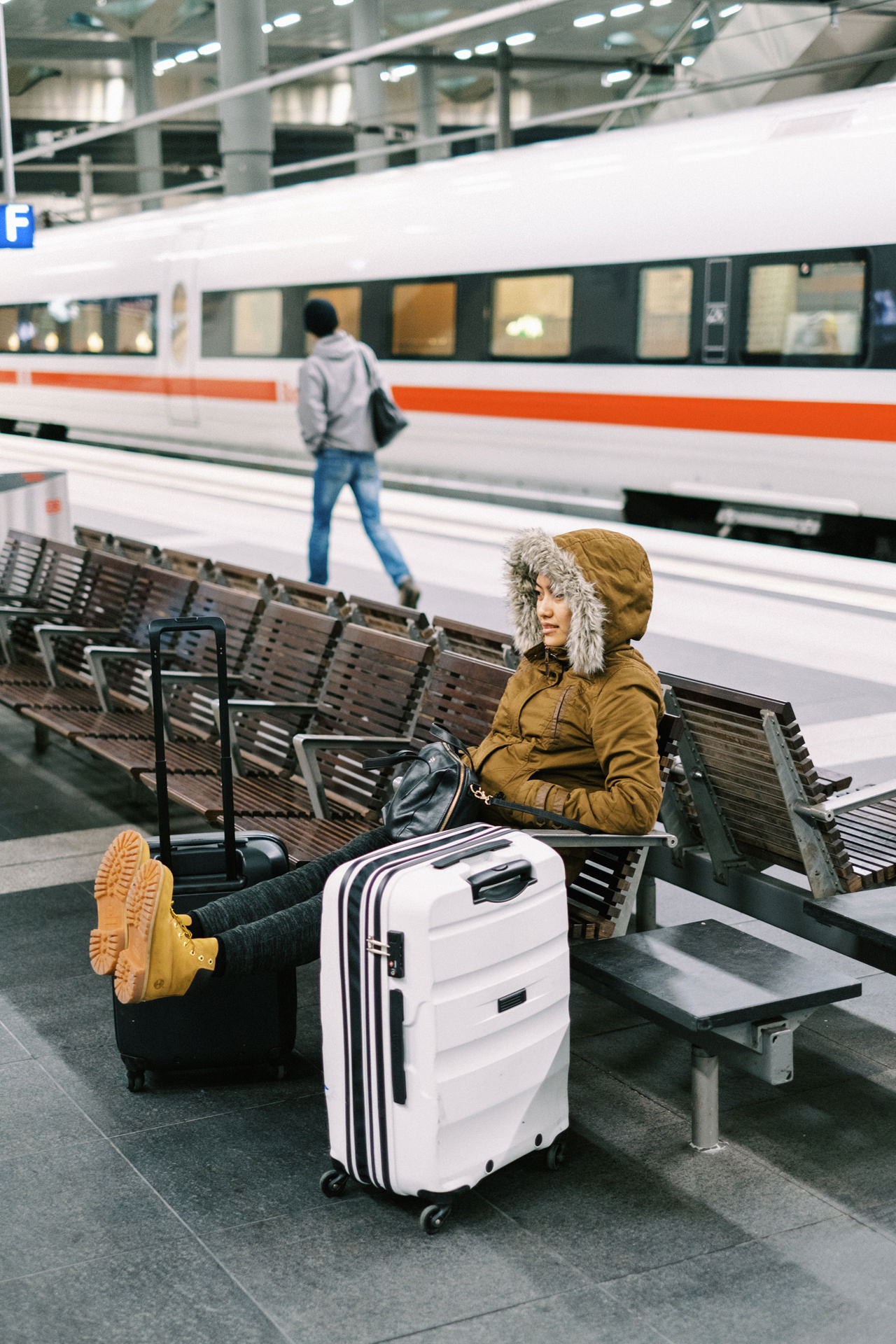Berlin, the capital of Germany and the country’s largest city, is also a major center of politics, culture, media, and science. Despite the devastation of WWII, and following decades of decay to the east of the infamous Berlin Wall, the city has been rebuilt in a way that celebrates its successes while acknowledging a dark past. Berlin offers an eclectic mix of new and classic architecture, dynamic entertainment, shopping, and a wide variety of sports and cultural institutions.
DAY 1: The Arrival
We arrived in Berlin right on the Christmas Eve. And we found that most of the shop are close during the Christmas holiday, especially it’s weekend that time. Luckily some Christmas Market were still open that day, so we had the chance to tried some German traditional foods.
For almost 3 days, we keep commuting back & forth to the Berlin Central Station just to get foods, as It’s the only place where all the shop & groceries open. Despite of that, Berlin has the best food we ever tried across Europe. The bread, meat, sandwiches, no matter where you buy it. Whether Groceries, train station, food hall, street, it’s all good!
On 19 December 2016, a truck was deliberately driven into the Christmas market next to the Kaiser Wilhelm Memorial Church at Breitscheidplatz in Berlin, leaving 12 people dead and 56 others injured. One of the victims was the truck’s original driver, Łukasz Urban, who was found shot dead in the passenger seat.
DAY 2: Brandenburg Gate
Berlin’s most famous historic landmark is the Brandenburg Gate (Brandenburger Tor), once a symbol of a divided nation and now a symbol of unity and peace. This Neoclassical gate was commissioned by King Frederick Wilhelm II in 1788, and its design was inspired by the Propylaea in Athens’ Acropolis. The sandstone monument is 26 meters tall, standing in the Mitte district’s Pariser Platz, just a block from the Reichstag building.
During the Cold War, its physical and symbolic position as a blocked gate along the Berlin Wall made it a frequent site for demonstrations by West Berliners, and it is famous for being the backdrop of US President Ronald Reagan’s 1987 entreaty to Soviet leader Mikhail Gorbachev to tear down the wall.
The Rebuilt Reichstag
The Reichstag (Reichstagsgebäude) was originally completed in 1894 where the Neo-Renaissance palace served as the home of the German Empire’s Imperial Diet until it burned in 1933. It was not used again until after the reunification of Germany, at which point it underwent a 10-year reconstruction and finally became the home of the German Parliament in 1999.
Entry to the Dome and Terrace is ticketed, but due to the holiday, the building was closed for public.
Memorial to the Murdered Jews of Europe
A remarkable testament to the people of Germany and their commitment to never turn a blind eye to the atrocities of the past, the Memorial to the Murdered Jews of Europe (Denkmal für die ermordeten Juden Europas)-also known as the Holocaust Memorial-is another Berlin landmark that attracts tourists from all over the world. Sitting on the eastern side of Tiergarten, this collection of 2,711 concrete slabs covers 19,000 square meters of uneven ground. Below the sprawling memorial is an information center that houses the letters, diaries, and photographs of Holocaust victims. An audioguide is available in English.
We stop by another Christmas market and try piping hot traditional food served for about 6 euros. A German smoked pork chop Bratkartoffeln with Sauerkraut. The portion size was huge and really tasty. The meat was salty, boneless and was perfectly accompanied by the fries & beer.
Berliner Dom
The Berlin Cathedral (Berliner Dom) is one of the complex’s most imposing buildings with 75-meter-high dome. Built in the New Baroque style, the building is the largest church in Berlin. After decades of painstaking work to repair war damage, the church has been returned to its former glory, and highlights of a visit include the Imperial Staircase, decorated with bronze cornices and 13 tempera paintings by Berlin landscape painter Albert Hertel in 1905, and the Imperial Gallery with its splendid views of Berlin.
Day 3: Berlin’s East Side Gallery
Berlin’s East Side Gallery is made up of a stretch of what was once the Berlin Wall, now displaying political artworks from the time of the walls fall. It is located along the Spree River and is the longest lasting outdoor gallery in the world. The gallery is also the longest stretch of both inner and outer walls left standing in the city. Since the fall of the wall in ’89, artists have been invited to come and paint murals with various political statements and significances onto its remnants to create this gallery.
DAY 4: Last day in Berlin
We spend the last day in Berlin, just to relax a bit in our apartment, before catching our train to Prague in the afternoon.







